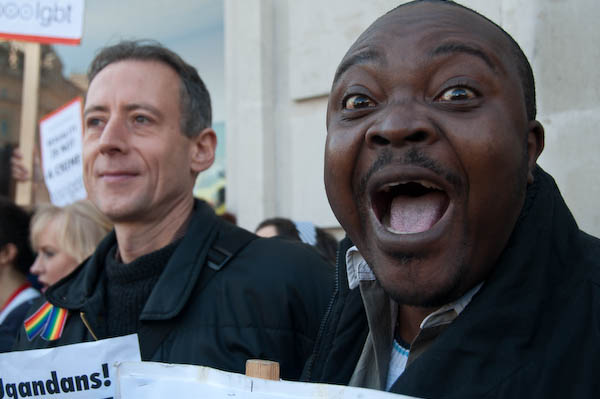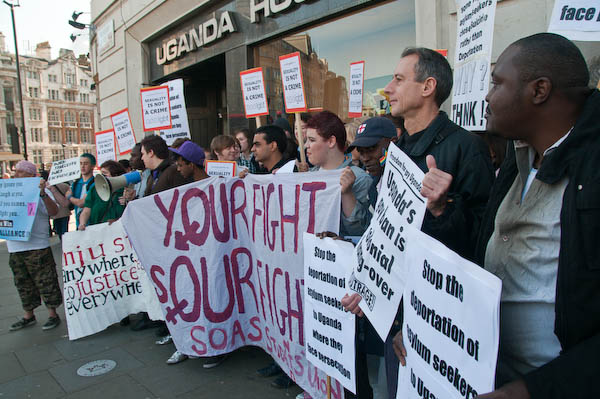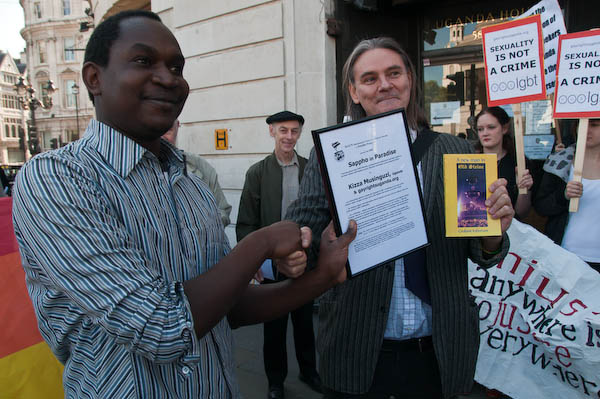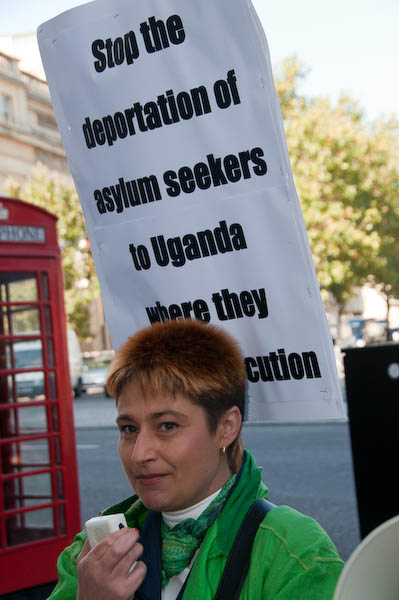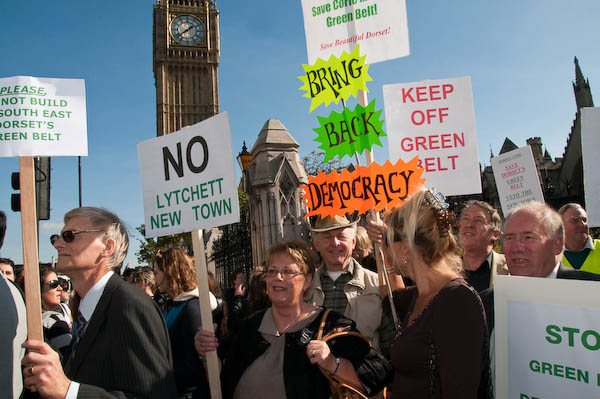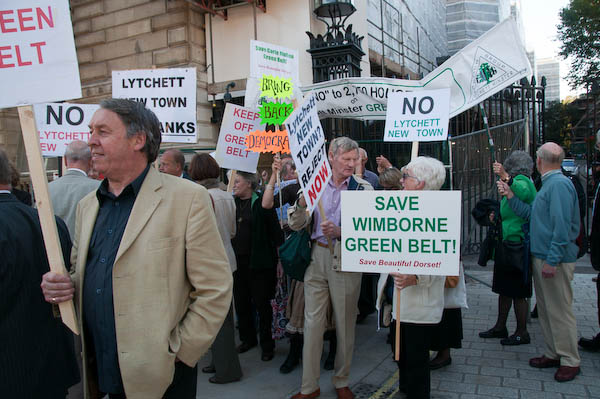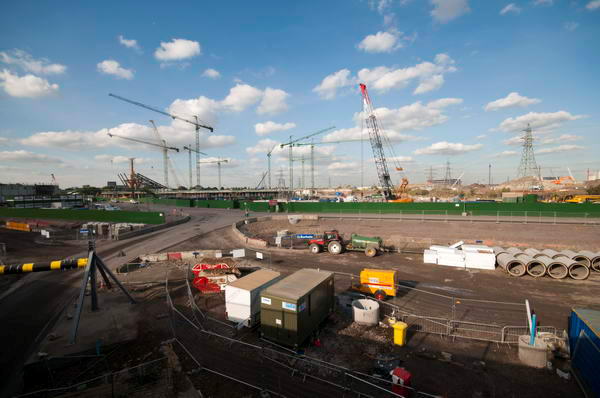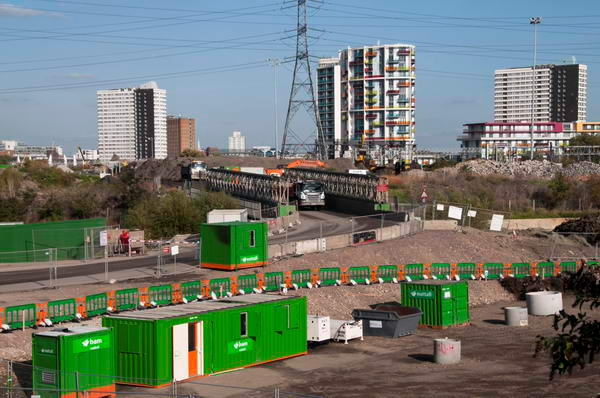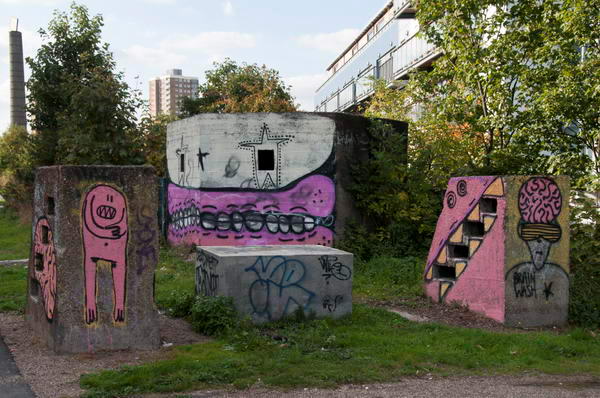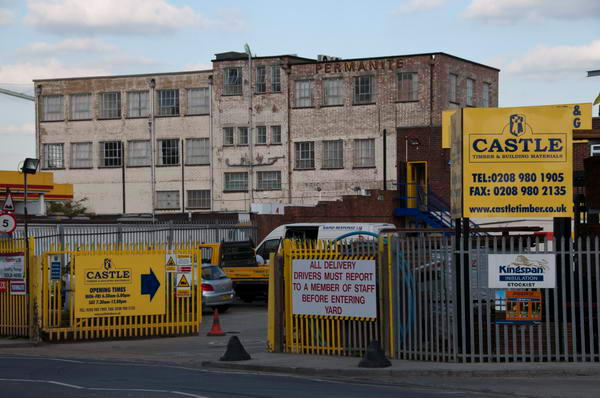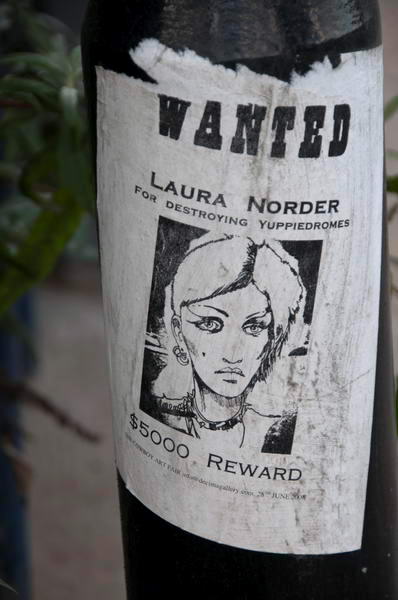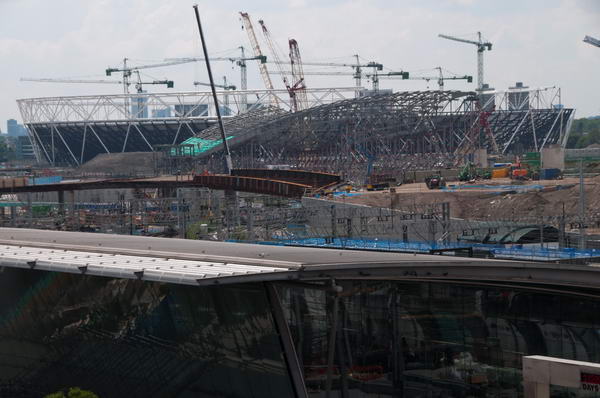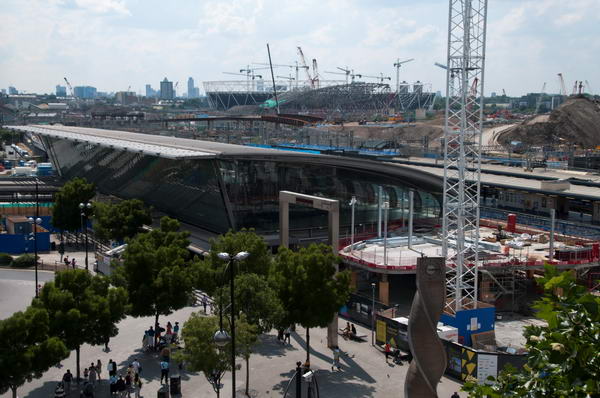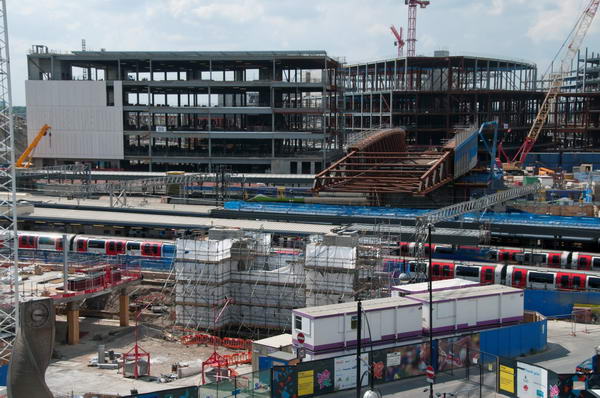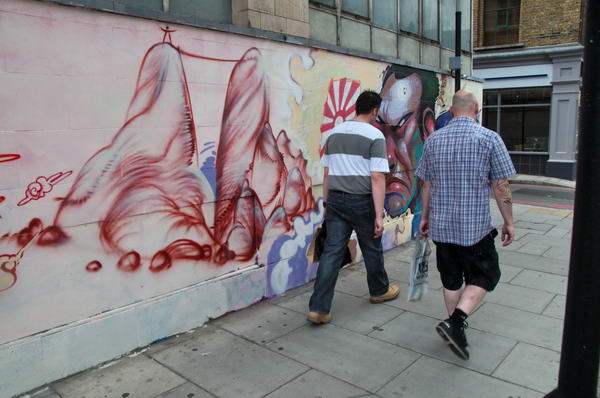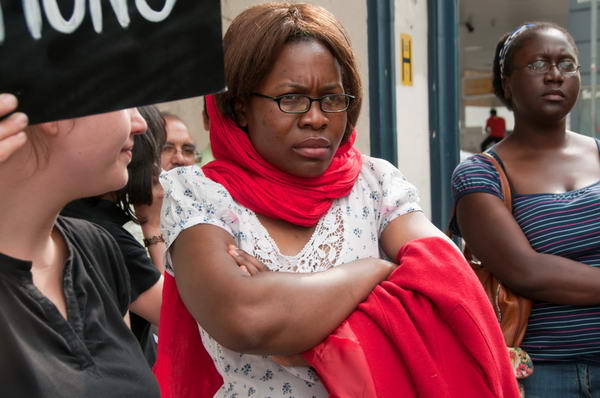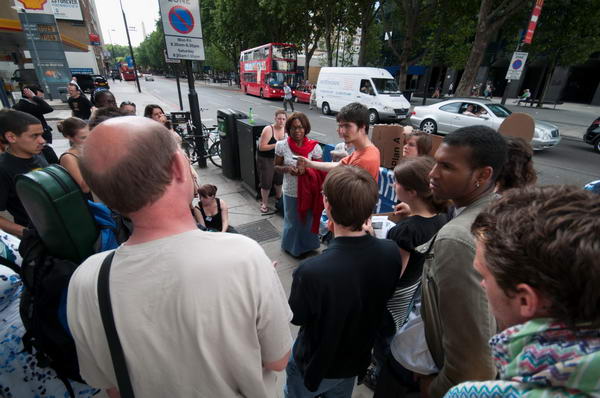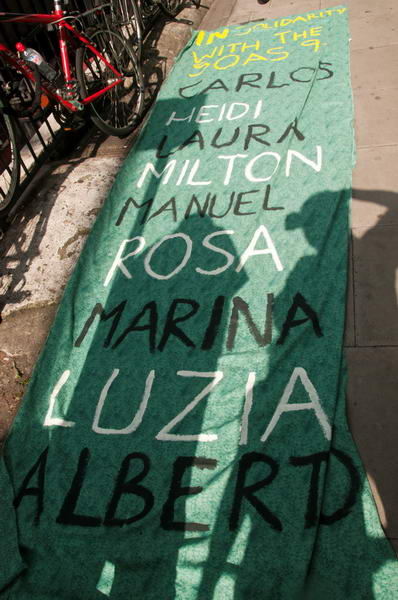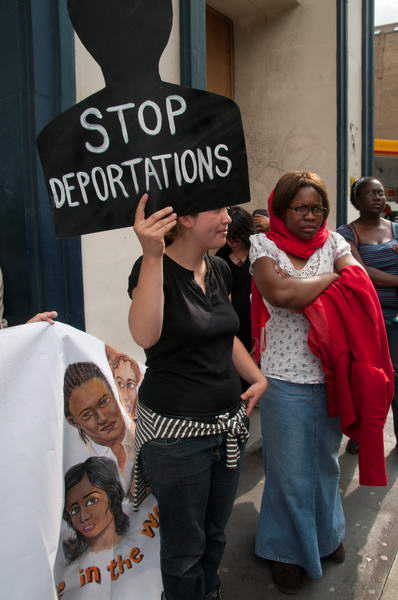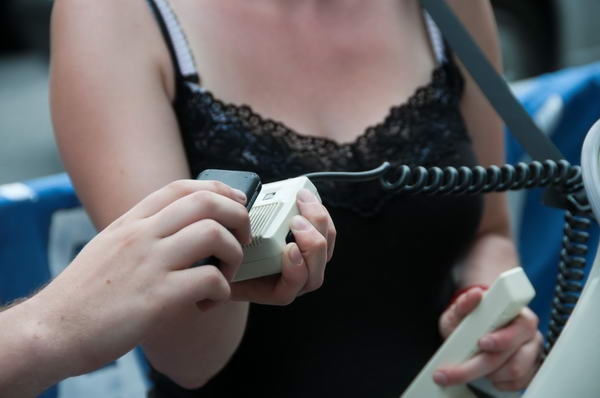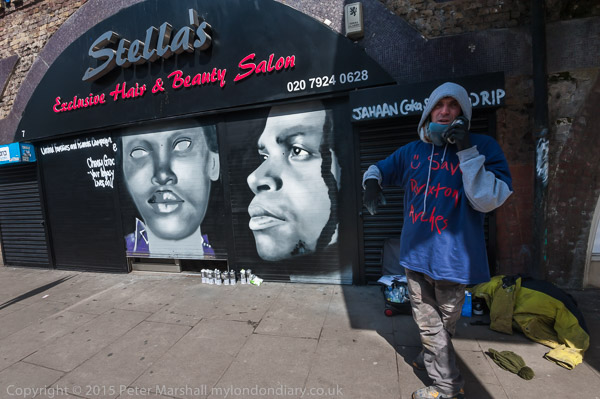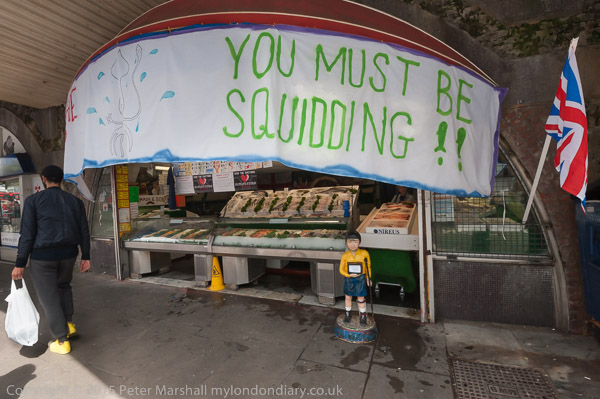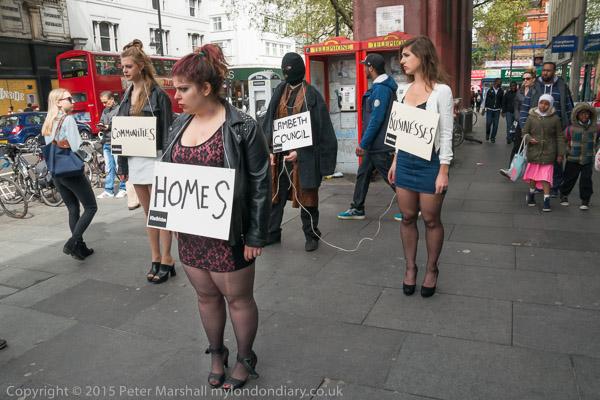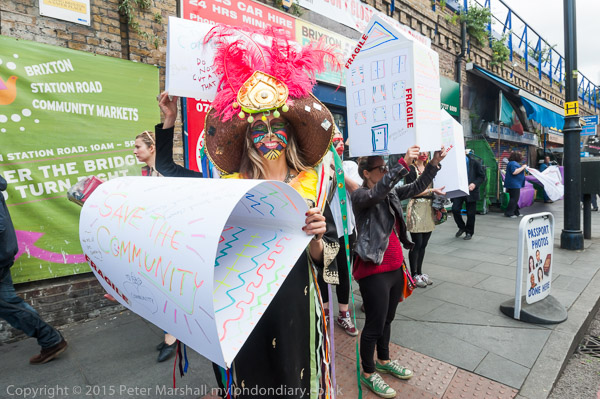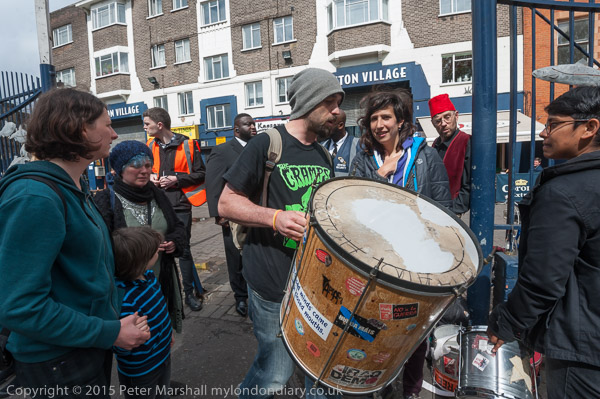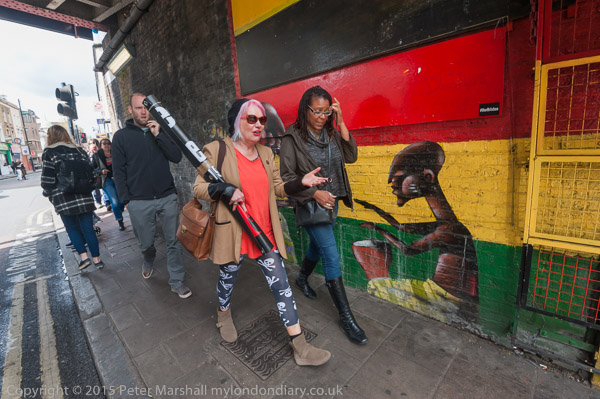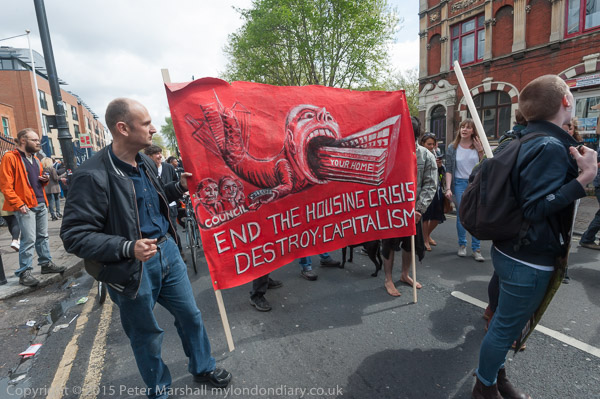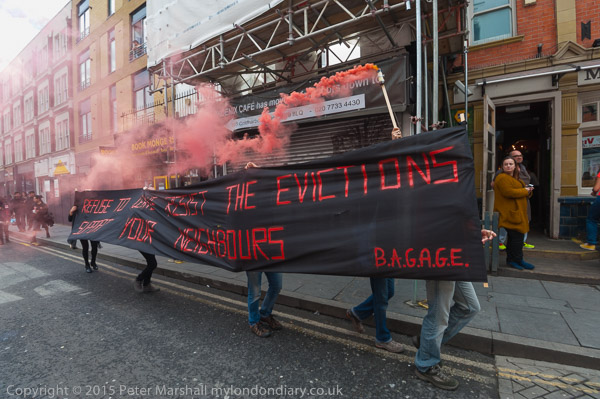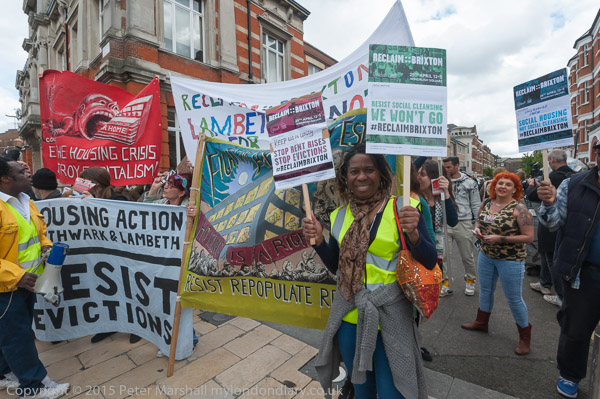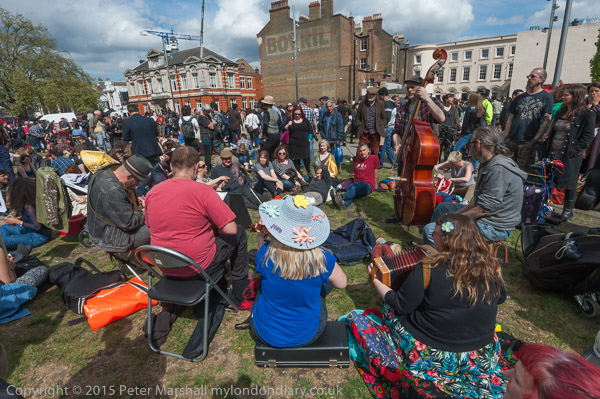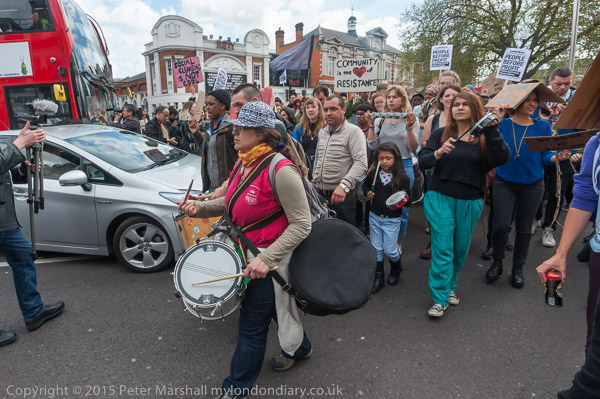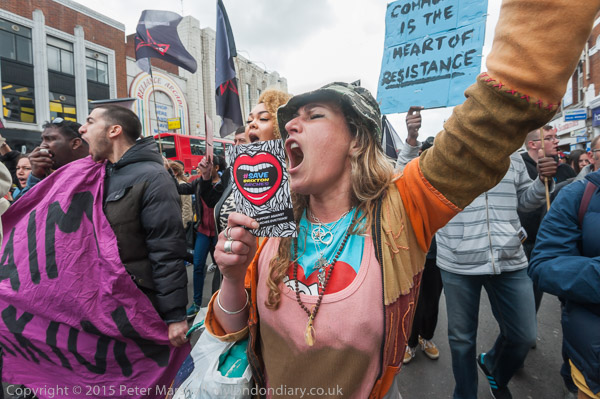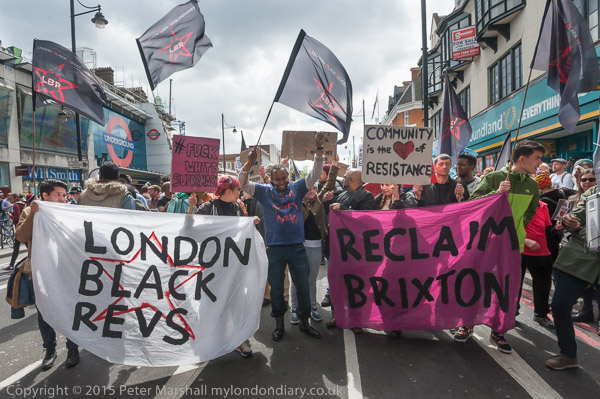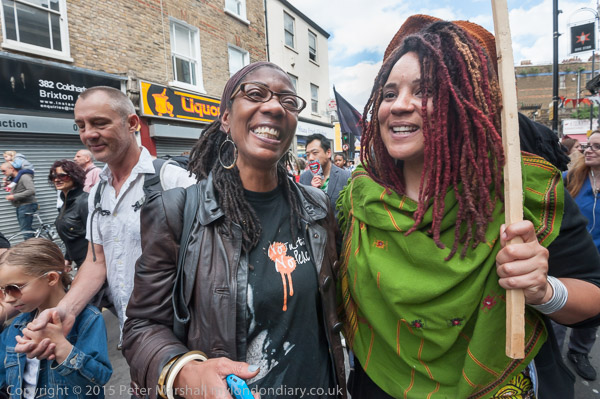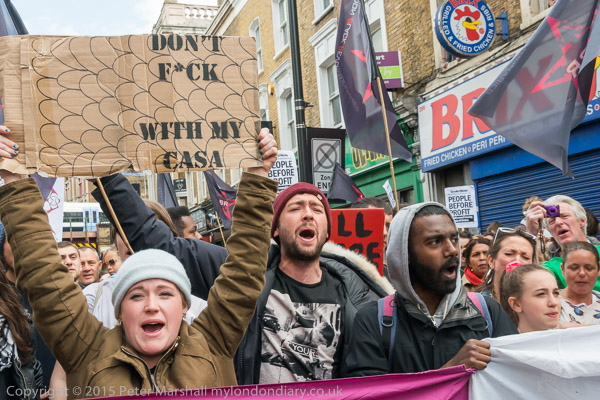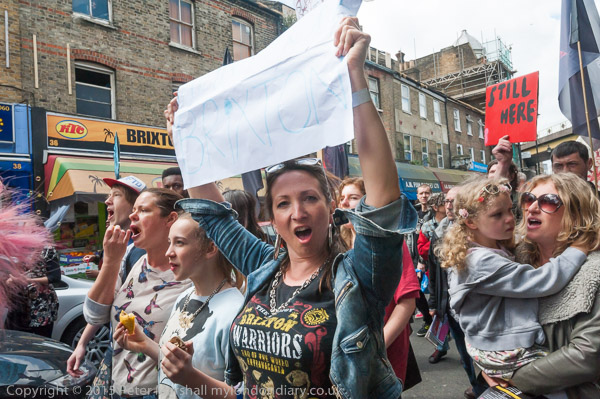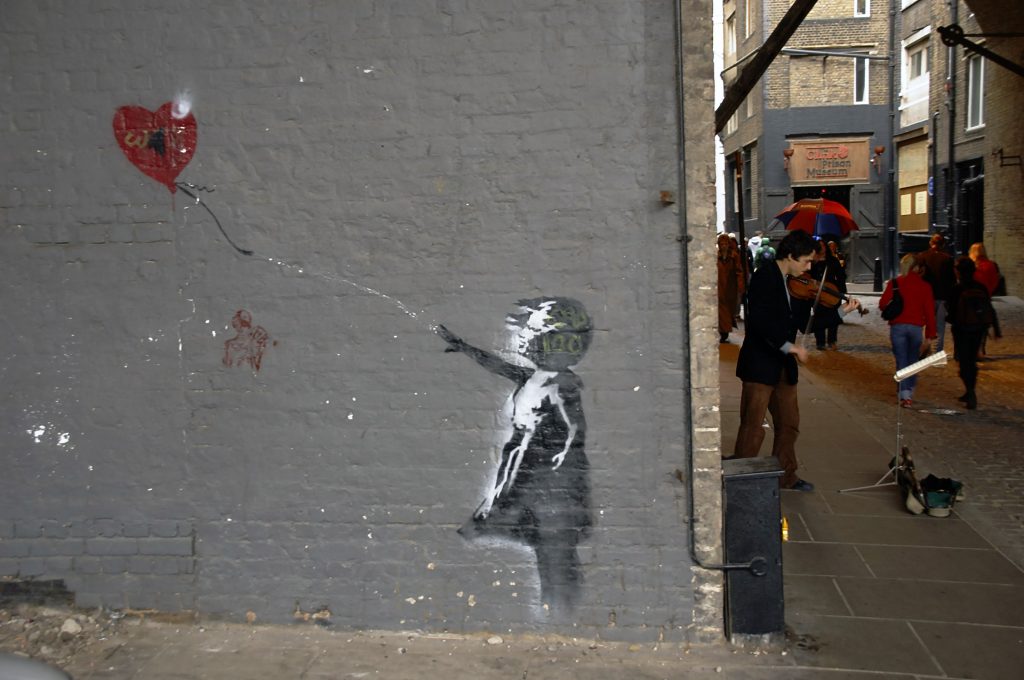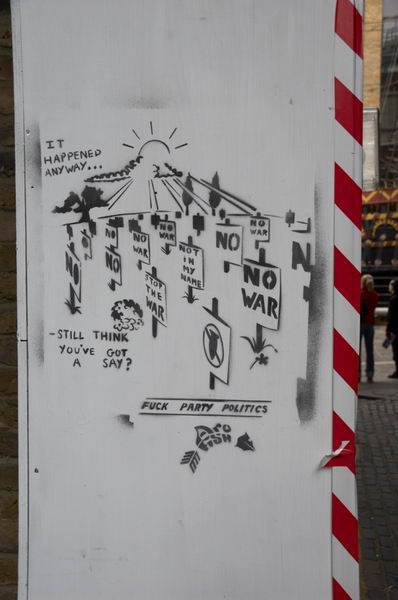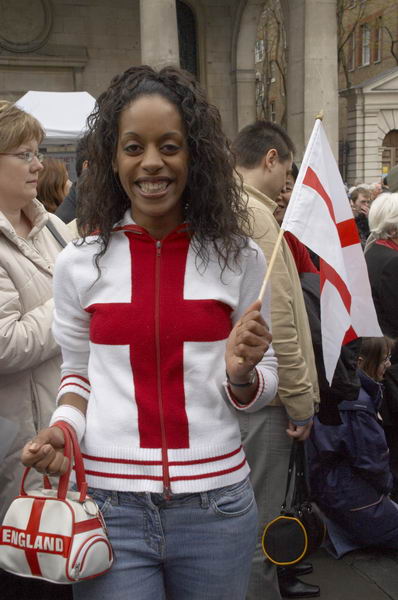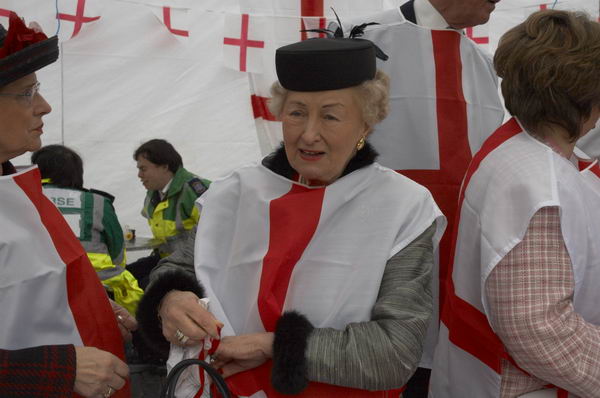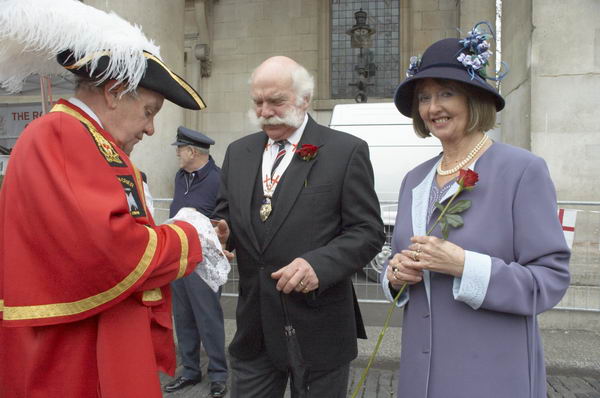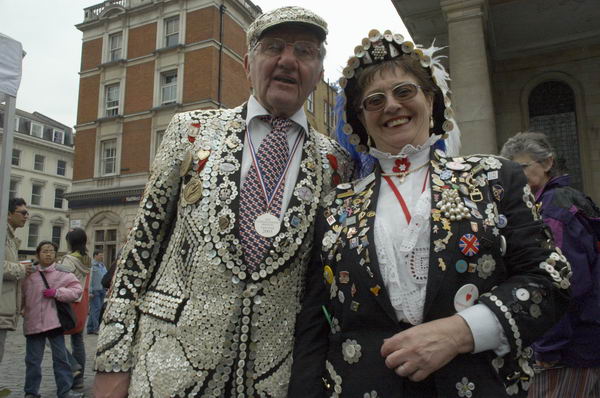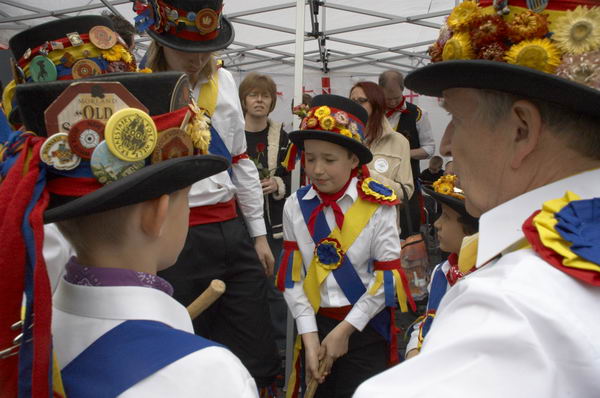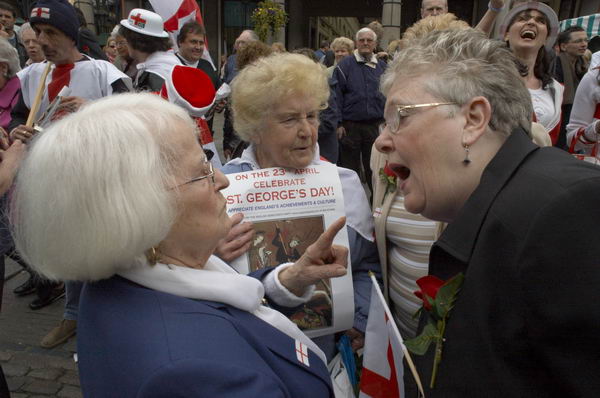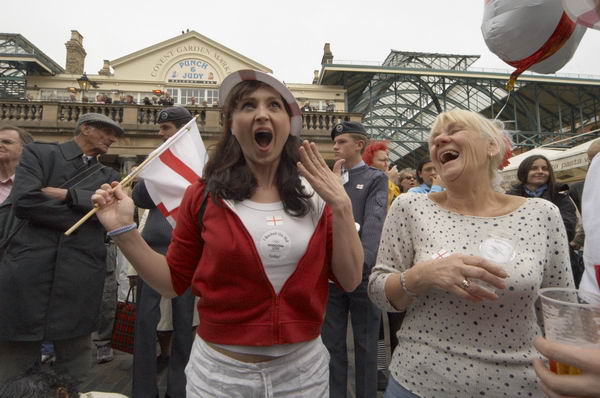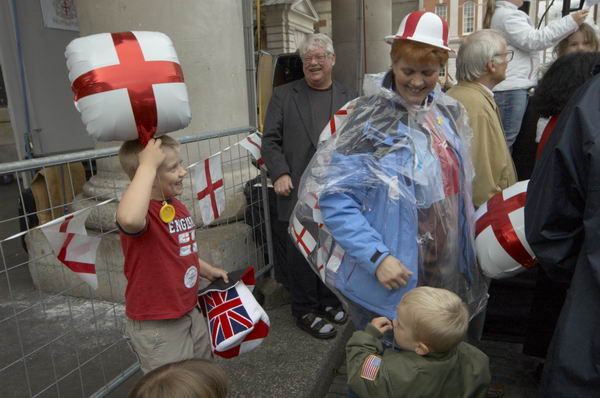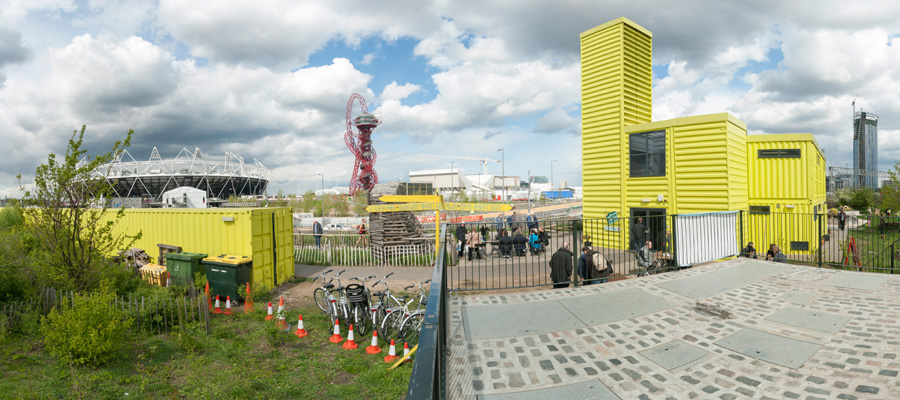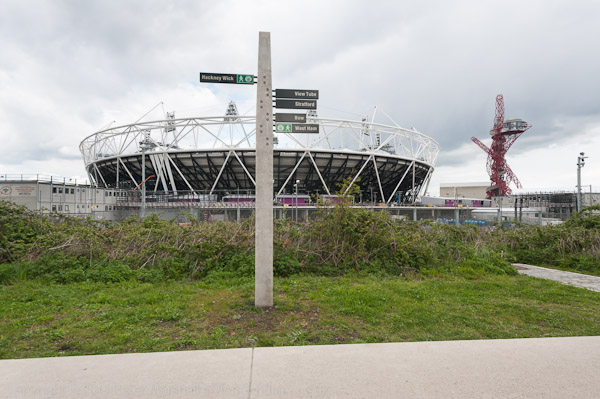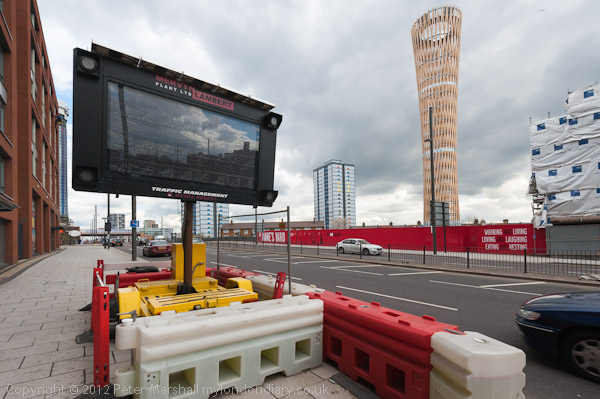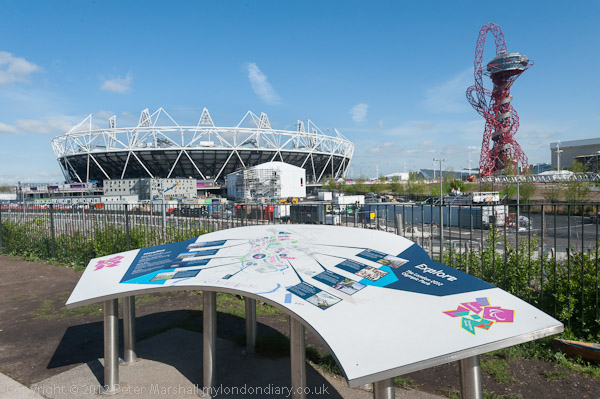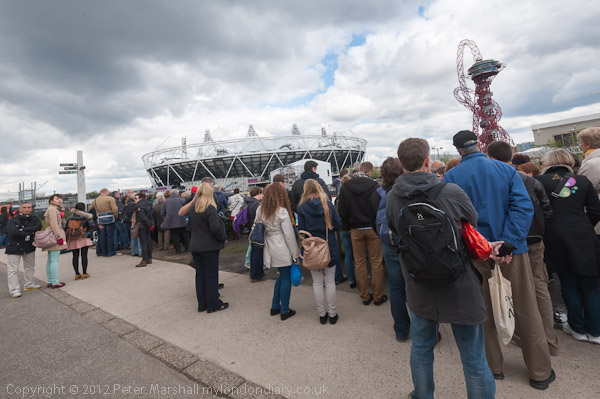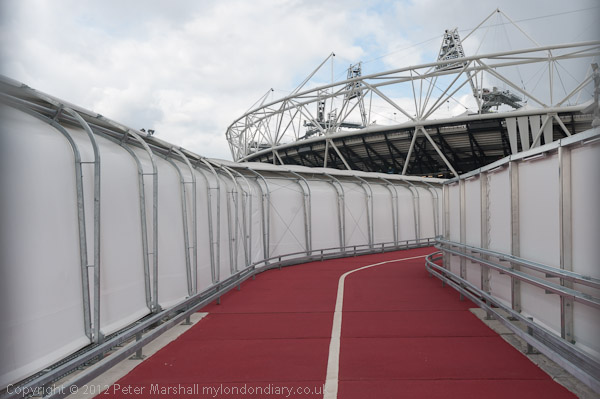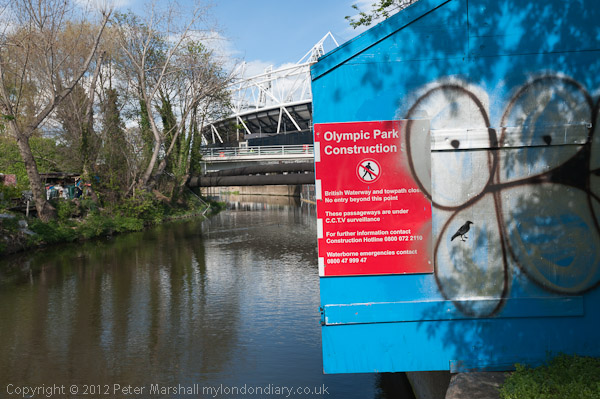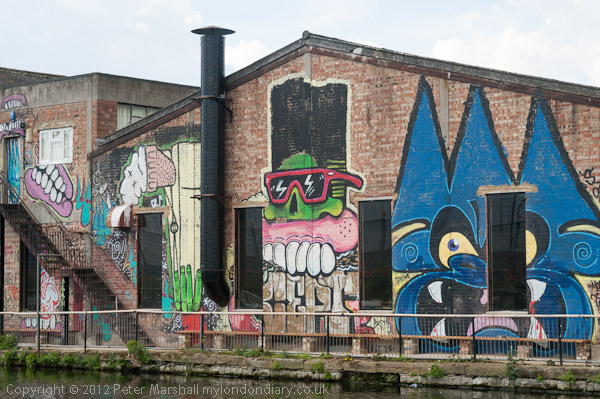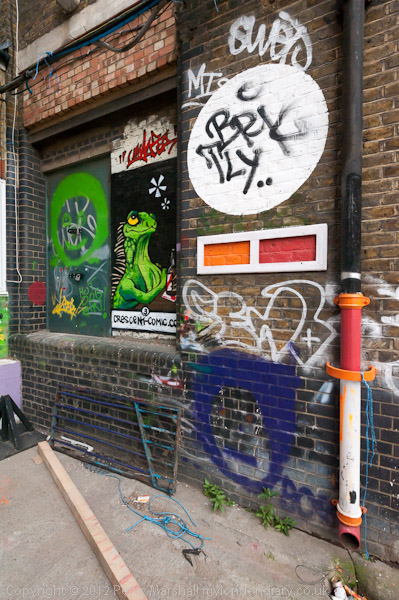Land Mines and the Lea Valley: Fortunately these were two entirely separate events on October 14th 2006. The landmines were in Hyde Park in a display by Handicap International and after visiting this I took a walk across the Lea Valley from Holloway to Tottenham and Walthamstow where I was going to collect a set of my pictures which had been on show at Walthamstow Pumphouse Museum. Here is a slightly edited version of what I wrote in 2006 with a few of the pictures from the day – and a link to many more from the walk on My London Diary
Ban Landmines and Cluster Bombs
Handicap International, Hyde Park
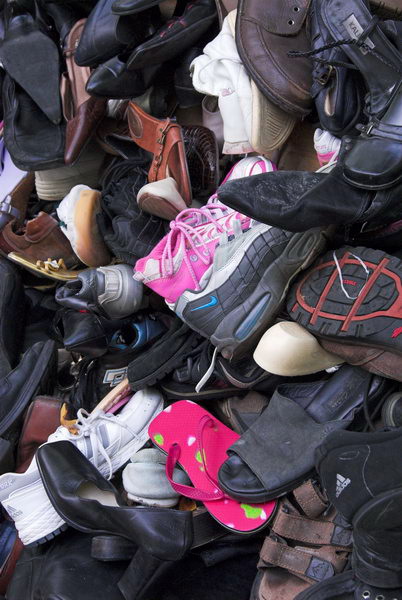
Saturday in Hyde Park there were land mines. Fortunately they were mainly carefully marked as well as having been made harmless. For many people around the world they are daily hazard, the deadly and maiming residues of war.
Just as dangerous, if not more so, are cluster bombs. These are produced by the sophisticated weapons industries of many countries including Britain and America, and also used by our armies and air forces, dropped from aircraft or fired as artillery.
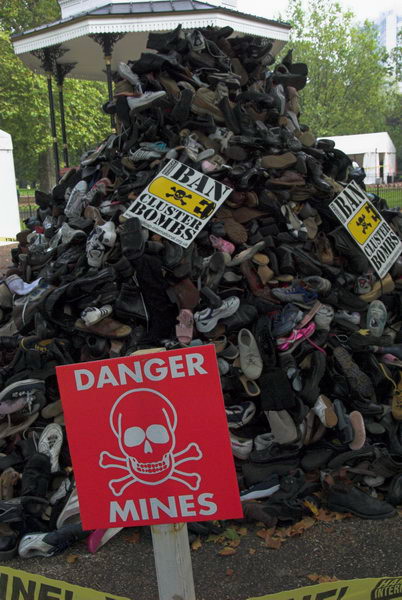
Each cluster bomb contains from a dozen to several hundred lethal bomblets, which are distributed over a wide area, intended to kill infantry or guerillas, but entirely indiscriminate in their action. Between 5-30% fail to explode on impact, usually getting buried in soil; those dropped over 30 years ago in Vietnam are still killing and maiming people, especially children, there. Almost 2,000,000 were scattered over Iraq in 2003-4.
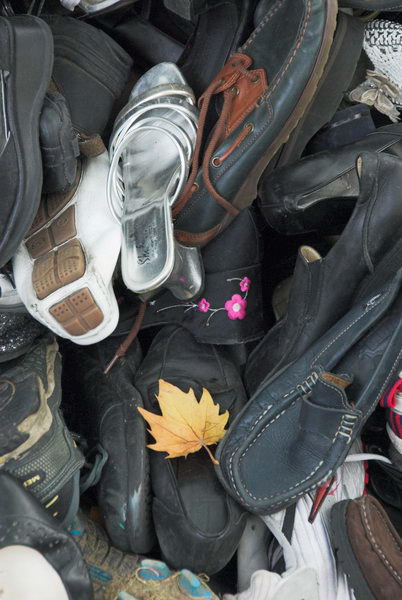
I went to Hyde Park to sign the petition organised by Nobel peace prize-winning charity Handicap International to aim for a world-wide ban on these weapons.
Handicap International now has urgent appeals for Gaza, Ukraine and Sudan and invites you to join them in campaigning to “Fully implement the treaties banning landmines and cluster munitions without delay and encourage non-signatory states to sign their petition.”
Tottenham to Walthamstow
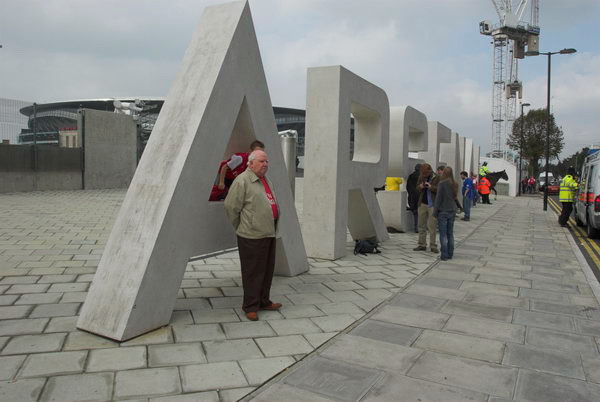
After my brief visit to Hyde Park, I was on my way to Walthamstow to collect some of my pictures of the Lea Valley that had been on show at the Pump House Museum, and as it was a nice day, decided to walk the last few miles across the Lea Valley and take a few more pictures.
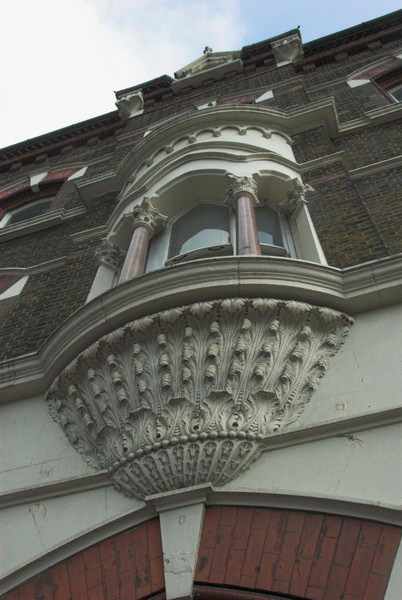
I began my walk in Holloway, going post the Emirates Stadium and then across South Tottenham.
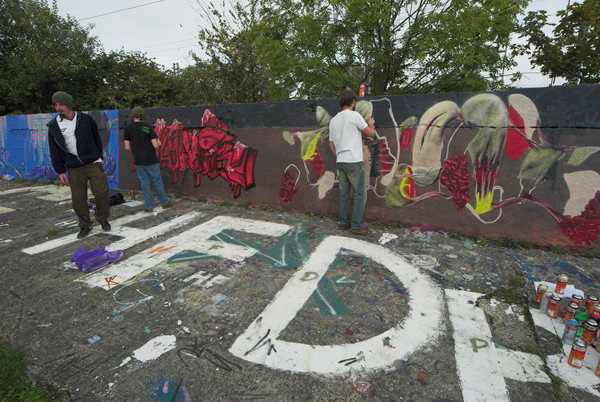
In King George V Park I found some graffiti artists at work, and took pictures of a few of the many murals, before heading down the Lea Navigation to Springfield and across to Walthamstow Marshes, a surprising area of open space so near to the centre of a major city.
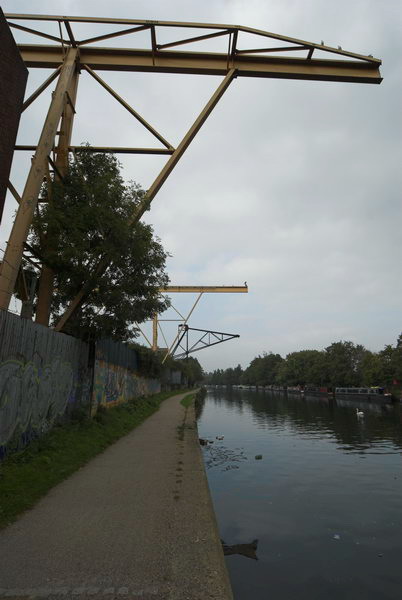
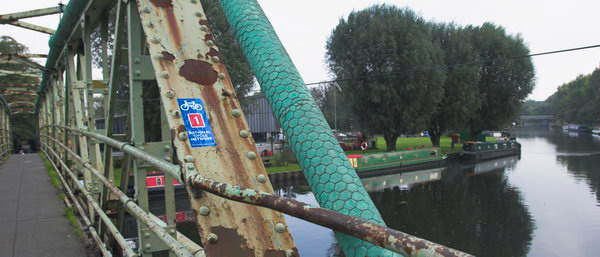
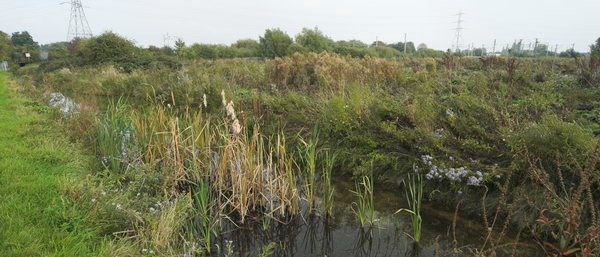
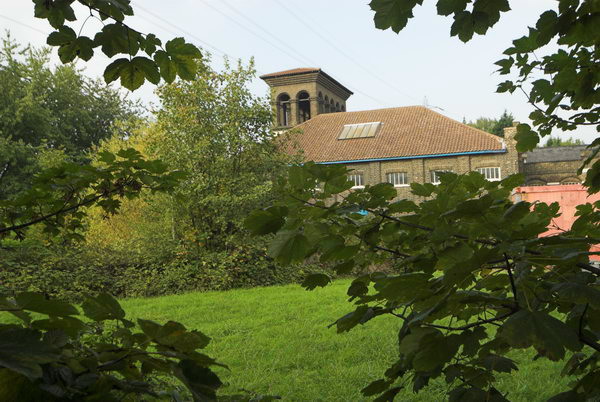
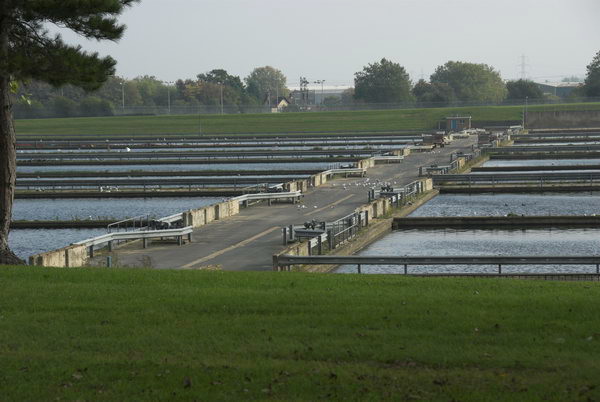
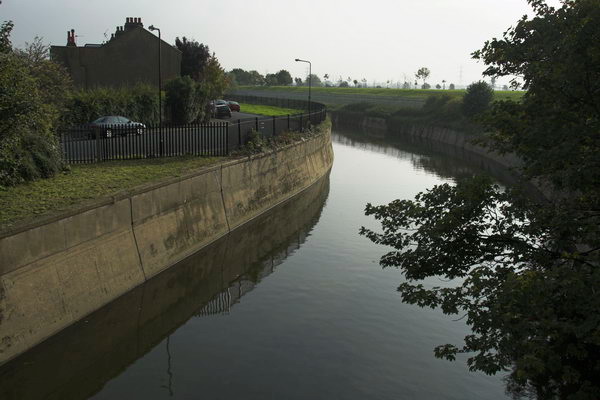

Then I made my way between reservoir and waterworks to the Lea Flood Relief Channel and St James’s Park, surrounded with remarkably brooding lime trees.

There are many more pictures from the walk on My London Diary, but surprisingly I don’t appear to have taken a picture of the Walthamstow Pumphouse Museum on this occasion. I think I had stopped to take so many pictures on the way that I was in rather a hurry to collect my pictures which had been on show for Open Heritage Day there and get home.
More pictures from the walk on My London Diary
Flickr – Facebook – My London Diary – Hull Photos – Lea Valley – Paris
London’s Industrial Heritage – London Photos
All photographs on this page are copyright © Peter Marshall.
Contact me to buy prints or licence to reproduce.
